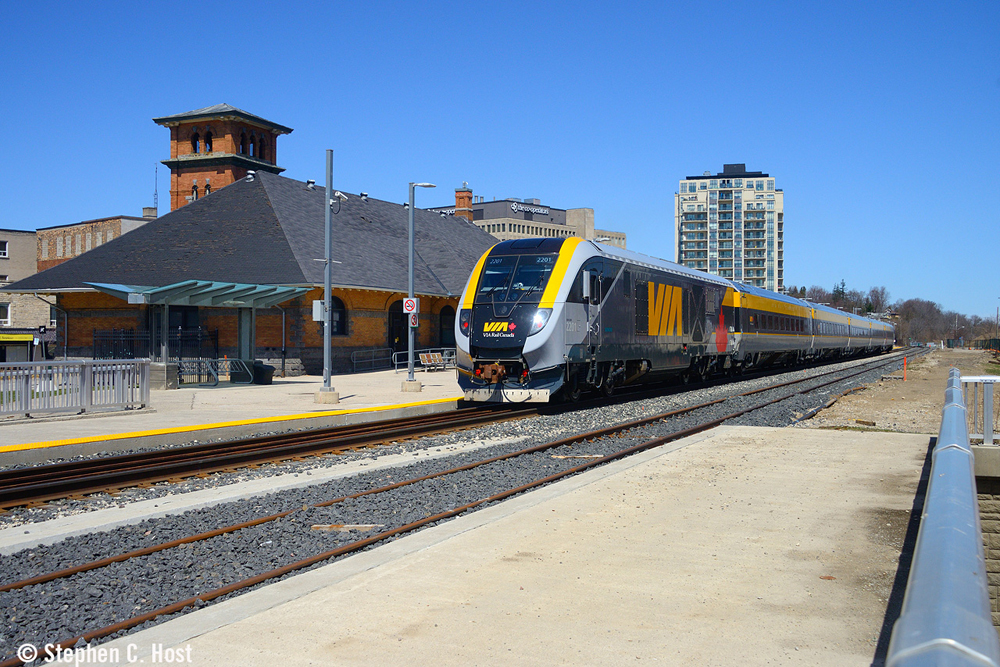It makes good sense to try something new proactively, and see what happens, rather than assume and find out the hard way in the heat of the moment.
With both trainsets having any number of electronic systems tied to braking and control function, it’s possibly not as simple as adding the rescue unit “the old fashioned way”. One breaker in the wrong position somewhere could prevent safe operation of brakes or throttle and kill the movement. If you need to control things on the trainset, or receive data from it, it’s better to experiment and verify.
I note too that the MP 40 was added at the cabcar end of the train. The Siemens cabcar-to-loco control functions may be different than GO’s. So again a test of continuity during acceptance testing might be a good idea.
- Paul

www.trains.com




